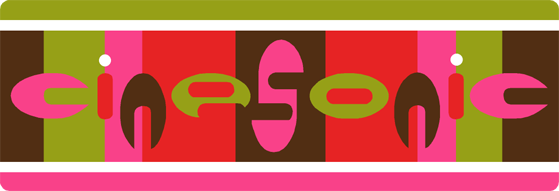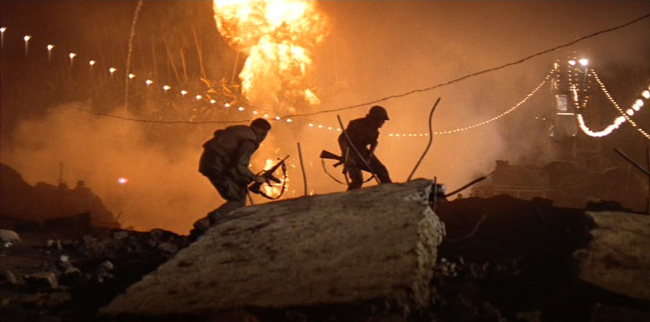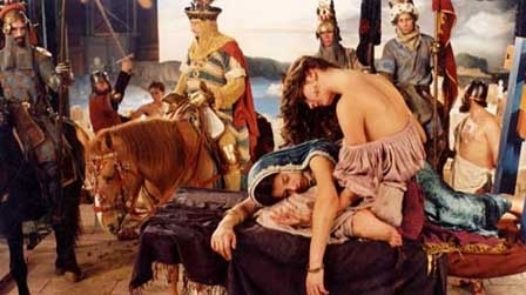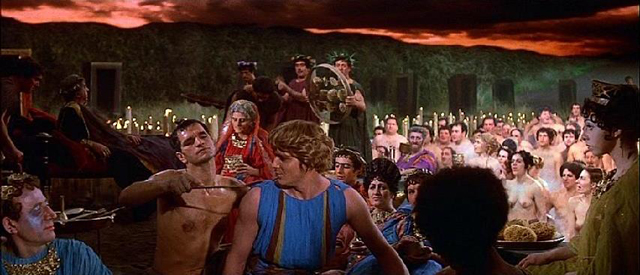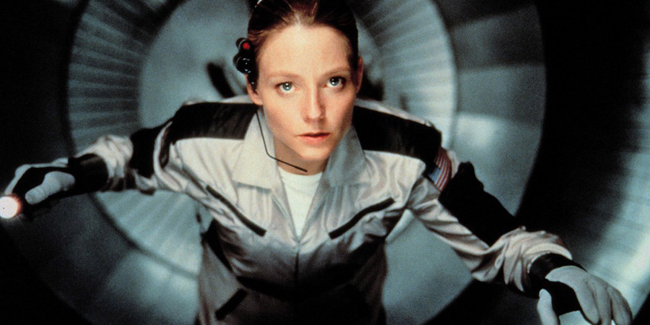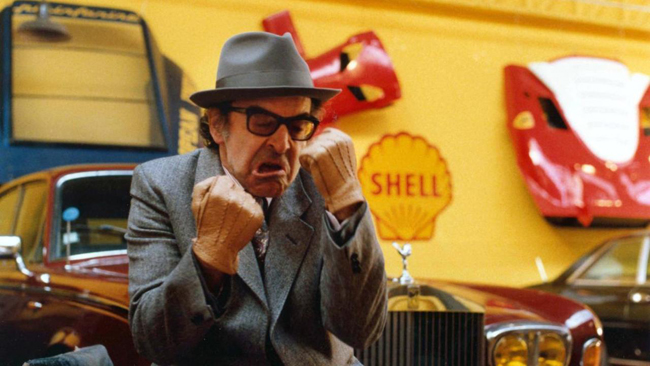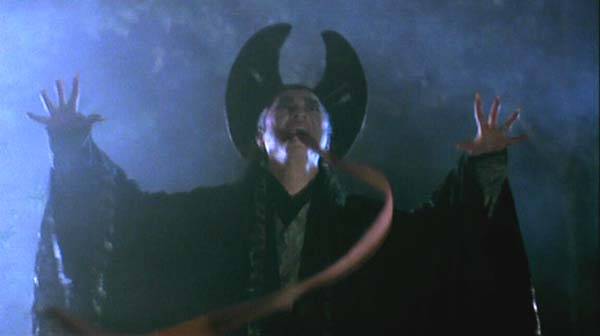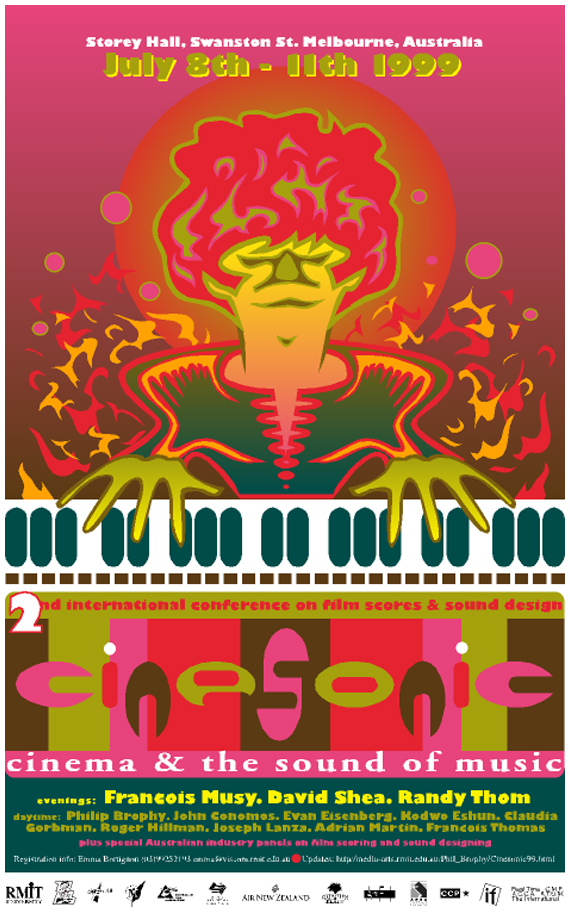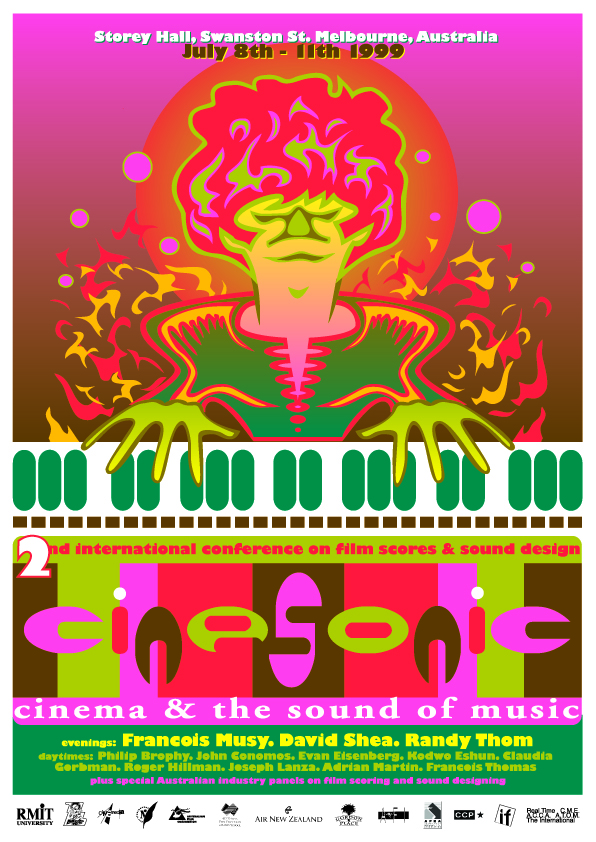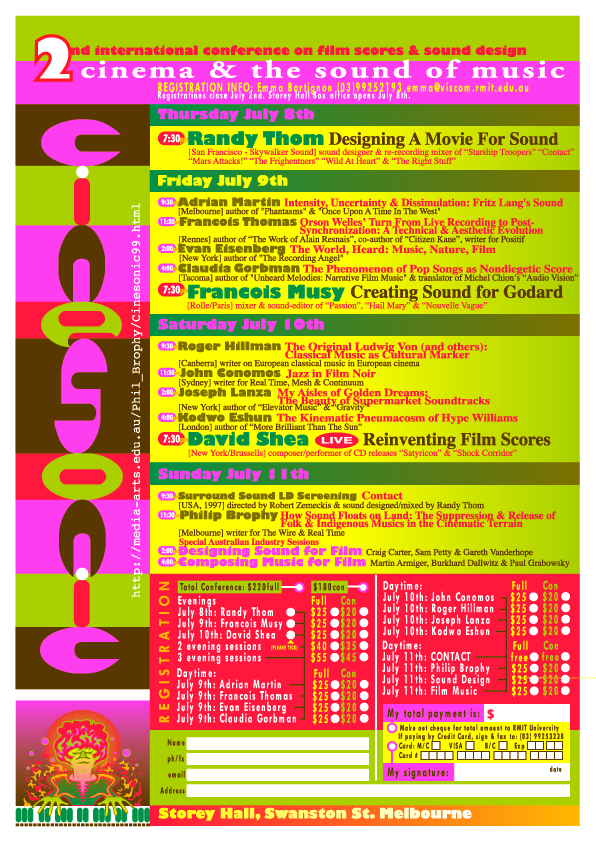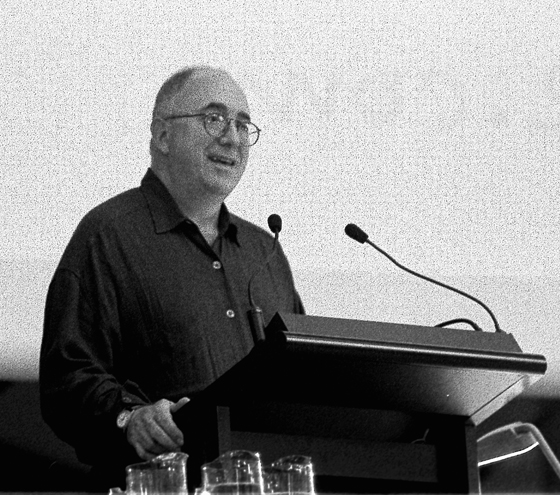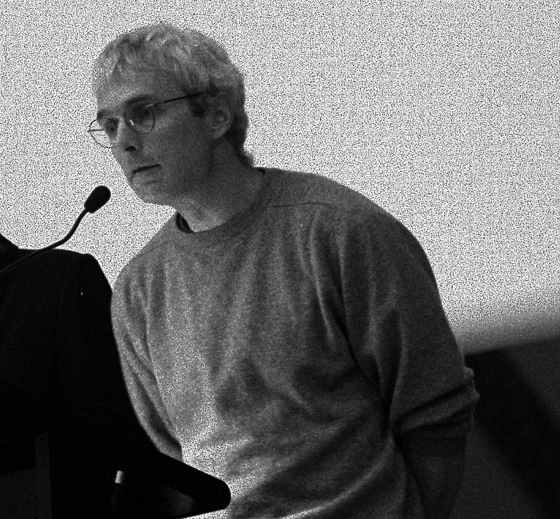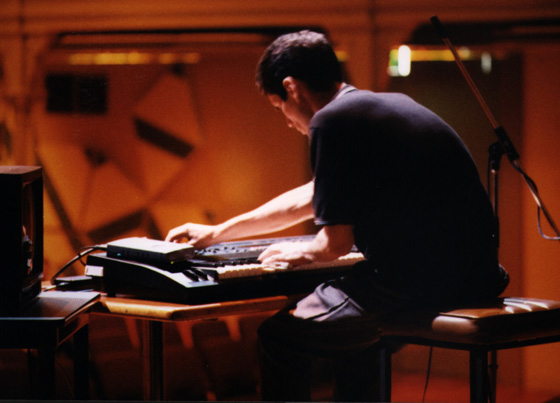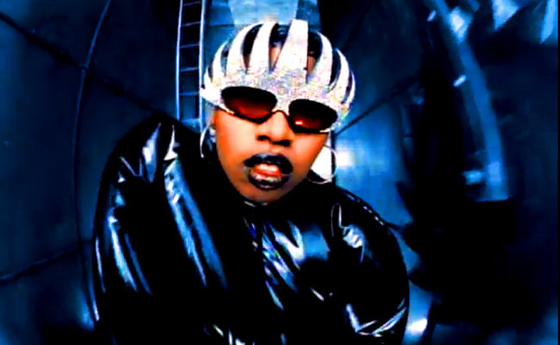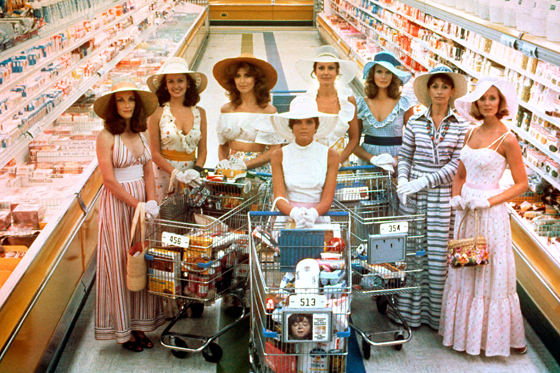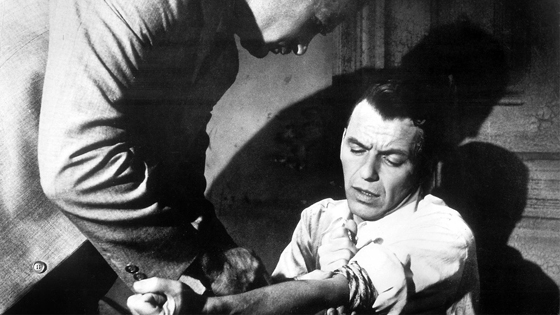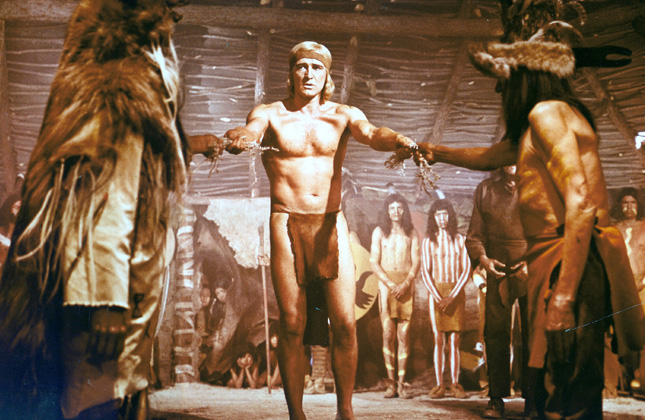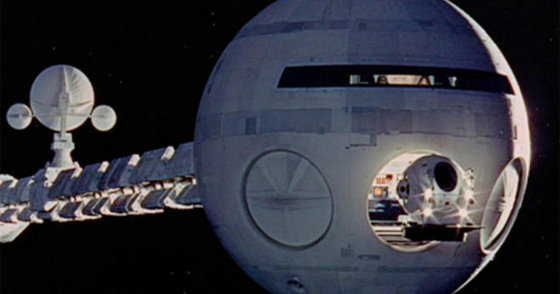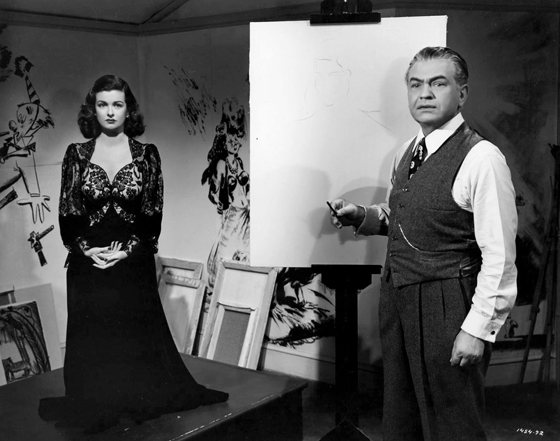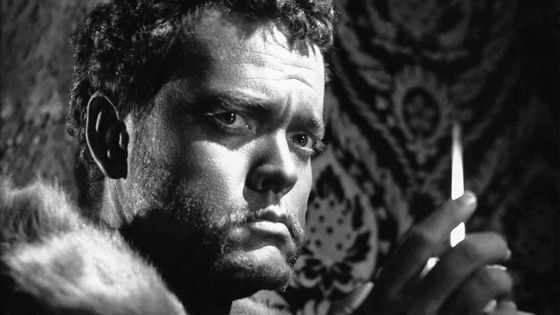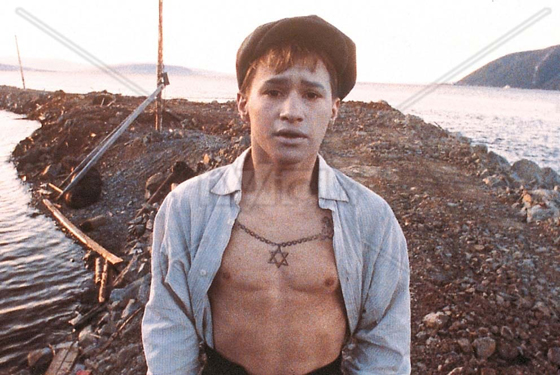International Conference on Film Scores & Sound Design - 2
Background
The 2nd Cinesonic conference was instigated and directed by Philip Brophy as part of his research while lecturing in Media Arts at RMIT University, Melbourne. A 224 pg book was published by the Australian Film TV & Radio School, Sydney. It contains the proceedings from the 2nd Cinesonic Conference and is edited by Philip.
Apocalypse Now © 1979Credits
Director - Philip Brophy (lecturer in Audio Visual Concepts & Soundtrack)
Production manager - Emma Bortignon (graduate & Honours in Soundtrack)
Administration & promotion - Megan Spencer (graduate & MA in Media Arts)
Technical assistance - Phillip Samartzis (lecturer in Sound) & Thomas Couziner (MA in Media Arts)
Original website - Carl Priestly (graduate & MA in Media Arts)
Administrative support - Andrew Wilson (graduate & MA in Media Arts)
Support - Les Walkling (senior lecturer & course co-ordinator of Media Arts)
Major financial support - City of Melbourne, Cinemedia, the Australian Film Commission
Sponsors/support - Air New Zealand, Gordon Place Apartments, Australian Film TV & Radio School, Australian Film Institute, Centre for Contemporary Photography, IF magazine, The International Lounge Bar, Revolver Upstairs
Special thanks - the Cinesonic volunteers
For the book: funding through AFTRS - Rod Bishop; production - Meredith Quinn; editorial assistance - Adrian Martin; proof-reading - Gerard Hayes
1999
Storey Hall - RMIT University, Melbourne
2000
Cinesonic - Cinema & the Sound of Music - published by AFTRS Publishing, Sydney
Passion © 1983Overview
The feverish inquiry into film sound and music continues. It induces delirium, hysteria, exhaustion: too many films; so many histories; a daunting yet exciting expanse of ground to be covered. The fact remains that trends, directions, formations and even epochs are occurring in the cinema with unnerving momentum, yet possibly never before has there been such a lack of concurrency in the writing of film. Ultimately, these are exciting times whose critical silence may give rise to a new critical voice for that stuffed animal in the glass cabinet, Film Theory.
What better way to listen for new voices than to cast one's ear toward the ceaseless and beautiful din of music which surrounds us? This collection of articles explores the phonographic fringes of musical vibrations on the film soundtrack and its diaspora beyond the theatre. Supermarket muzak, 'Indian' tom-toms, hypertensive R'n'B, radicalized folk, noir jazz, grand symphonies, Lang's acoustics and Welles' vocals &emdash; each are examined and revealed in a cinematic light. 'Music' is possibly too rich and potent a term to employ when discussing the film score and its capacity to bleed beyond itself, for music on the film soundtrack becomes something else &emdash; part phonological apparition, part acoustical sensation, part harmonic . "The sound of music" is a suitably erotic phrase which suggests the way music can be more than its language and content, and the 'aura' of music created by its presence of the film soundtrack is to be credited for the complexity we term 'sound-image fusion'.
Fellini's Satyricon © 1969Technical
Issues in Film Scores & Sound Design
Randy Thom
Using clips from a variety of films, Randy illustrates how the true job of the Sound Designer is more about helping to design the movie for sound than about designing sounds for the movie. He also describes his own approach to the day-to-day work of sound design for multi-channel films, tells lots of anecdotes, and even talks about ways to be more creative. Referenced films: Apocalypse Now, Once Upon A Time in the West, Forrest Gump, Eraserhead, The Black Stallion, Contact, Wild at Heart.
Contact © 1997Francois Musy
Jean Luc Godard is one of the few directors in film history who have been extremely vocal about the role sound plays in the cinematic experience. His production company - Son/Image - was as much a polemical statement as a catchy name. While many of us are familiar with that 60s 'Godard effect' when the music or a sound atmosphere brutishly cuts in or cuts out of a scene like someone is randomly cutting-&-pasting the various tracks, little critical thought has been given to the way Godard has worked this effect from the 80s on.
Francois Musy has designed, edited and mixed most of Godard's films since his pioneering work on Godard's Passion in 1983. Numerous films have followed - including Hail Mary, Nouvelle Vague and Alas pour Moi - which collectively display the high degree of aural sophistication with which Musy details and enhances the supposedly naturalistic aura of these films' soundtracks. Based predominantly on the employment of location sound - a strategy refined to an art form in France yet frustratingly blocked by various post-production conventions in most Anglo countries - Musy's work hovers between the orchestration of musique concrete and the lush evocation of ambient soundscapes. They are integral to the audiovisual make-up of Godard's late cinema. Referenced films: Hail Mary, Passion, Prenom: Carmen, Soigne Ta Droite, King Lear.
Soigne Ta Droit © 1987David Shea
Reinventing Scores - Satyricon & The Red Chamber
Satyricon was originally written for large ensemble recorded and released as a cd in 97 is arranged here as a solo sampler and video work. Based on the Roman novel Satyricon and to a lesser degree the Fellini adaptation (Fellini's Satyricon). Written by Petronius a minister under Nero's reign the novel (or what still remains of it) looks at every level of roman society from mythological roots to the deepest decadence satirising everything from the royal court to prostitution. The language of the novel combines the highest literary writing styles with multiple street language and dialects. Originally written as a parody of the Iliad it chronicles the collapse of Roman society while maintaining a loving cynical humor. The novel also reads as something that could have been written a week ago with the parallels to modern technological society from money obsession to gay rights to new age healers and a shocking amount of current issues both spiritual and cultural. The music focused on this combinations of time periods following both the fragmented nature of the book and the technological connections to our own time. The video was conceived after the music in the same manner referencing literal epics made about the Roman empire to references made or suggested in the book or the much darker Fellini film adaptation. The performance is a combination of the scored music from musicians, synthesizers and film music quotes and the images of fragmented film clips constructed by myself and Lisa Dillilo.
Arranged for solo sampler, The Red Chamber is a solo arrangement of the extended ensemble work recorded in 94-95 as the cd The Tower of Mirrors. Based originally on the Chine ese Buddhist novel Hsi-Yu Chi ('Journey to the West') written in the 16th century and the later novel written as a supplement, the Tower of Myriad Mirrors. The novel follows the travels of a Taoist priest who travel from Tang dynasty China to India to receive scriptures from the Buddha to to introduce Buddhism to the Chinese. Protected and accompanied by the monkey king Sun Wu Kung with incredible magical powers the journey comprises 100 chapters. Part mythology, part history, part religious text the stories follow a path through space and time travel, through multiple heavens and hells and encounter thousands of gods, demons and mystical territories. Many of these stories formed the basis, directly or indirectly, of modern Hong Kong cinema particularly in its organic combination of the magical and spiritual with the natural and social world. The music follows the novel as a type of map traveling through references and tributes to various Hong Kong films and directors and creates a type of narrative through 'scenes' composed with scored music for various musicians, collaged records and combinations of the two. The piece is an independent work which lives both inside the novel and the film references and creates a separate journey of its own.
A Chinese Ghost Story © 1987Transmissions from Beyond the Cinema
Kodwo Eshun
THE MICRORHYTHMIC PNEMACOSM OF HYPE WILLIAMS
Referenced videos: by Hyper Williams &emdash; Missy Elliot, Busta Rhymes, Busta Rhymes with Janet Jackson, Ginuine &emdash; and by Michel Gondry &emdash; Daft Punk.
Joseph Lanza
MY AISLES OF GOLDEN DREAMS: The Beauty of Supermarket Soundtracks
Referenced films: Grand Hotel, Bedazzled, Rome Adventure, Love in the Afternoon, The Apartment, The Stepford Wives, There's Something About Mary.
John Conomos
SCENIC DARKNESS: Towards an Aesthetic of Jazz in Film Noir
Referenced films: Laura, Force of Evil, Anatomy of a Murder, The Man With The Golden Arm, The Sweet Smell of Success.
Encodings of Orchestral Statement
Claudia Gorbman
SCORING THE OTHER: Musical Coding of Indians in the Western
Referenced films: Stagecoach, Broken Arrow, A Man Called Horse, Dances With Wolves.
Evan Eisenberg
THE WORLD HEARD: Music, Nature, Film
Referenced films: Hail Mary, The Magic Flute, Ran, Flying Down To Rio, 2001 - A Space Odyssey, Run Lola Run, Lucky People Centre International.
Constructs of Recorded Sound
Adrian Martin
INTENSITY, UNCERTAINTY & DISSIMULATION: Fritz Lang's Sound
Referenced films: House By The River, Scarlet Street.
Francois Thomas
ORSON WELLES' TURN FROM LIVE RECORDING TO POST-SYNCHRONIZATION: A Technical & Aesthetic Revolution
Referenced films: Citizen Kane, The Lady From Shanghai, Othello, F For Fake.
Philip Brophy
HOW SOUND FLOATS ON LAND: The Suppression and Release of Folk & Indigenous Musics in the Cinematic Terrain
Referenced films: Mix Me A Person, An Independent Life, Kwaidan, Black River.

